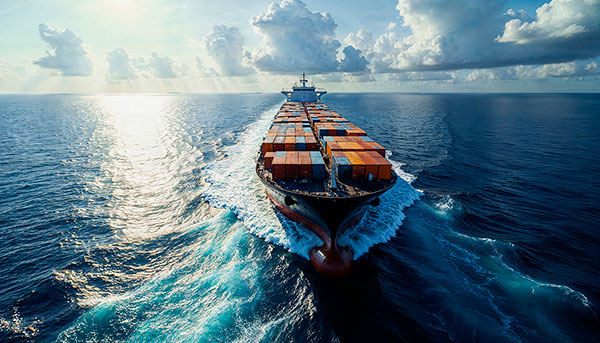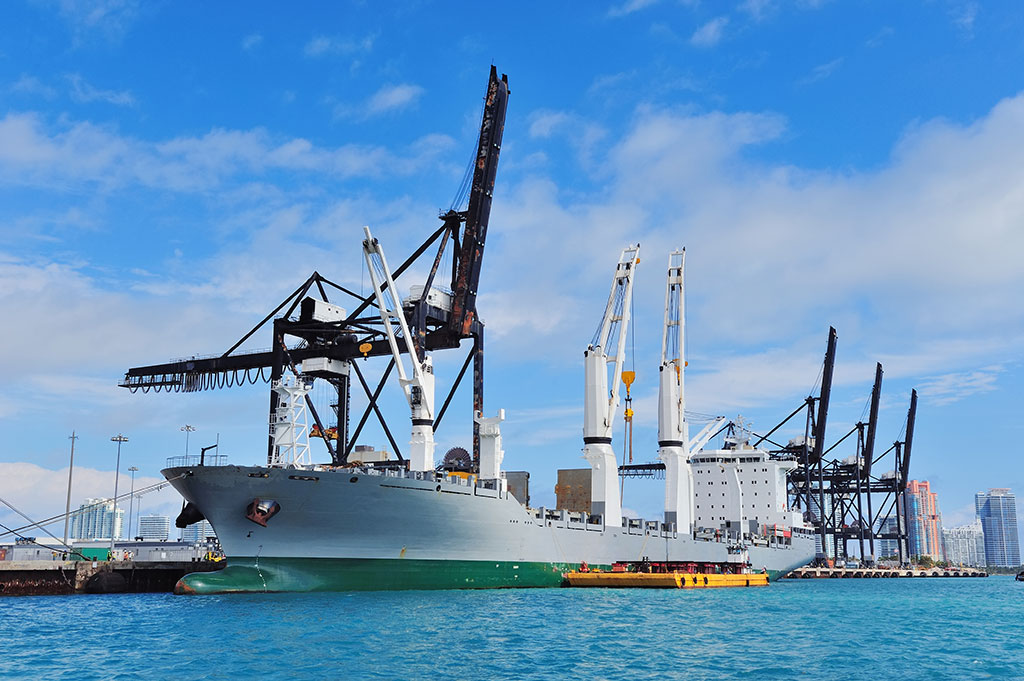Offshore bunkering operations is the transfer of marine fuel between a supplier vessel and a receiving ship while at sea or at anchorage, rather than at a port terminal.
This approach gives ships more flexibility, reduces port congestion, and supports long-haul and offshore operations. Unlike in-port bunkering, offshore operations face greater challenges due to weather, vessel movement, and stricter safety protocols.
Key procedures in offshore bunkering operations
Successful offshore bunkering depends on three critical phases:
- Preparation and inspections. Both vessels align through pre-transfer meetings, safety checks, and equipment inspections. Communication protocols and emergency stop procedures are clearly established.
- Fuel transfer. The transfer begins slowly to test hoses and valves, then proceeds at a controlled rate. Crews continuously monitor pressure, tank levels, and vessel stability, while fuel samples are collected for quality assurance.
- Post-operation controls. Once transfer is complete, tanks are measured again, records are updated, and all equipment is safely disconnected. Oil Record Books and bunker delivery notes are finalized to ensure compliance.
Risks and safety considerations in offshore bunkering operations
Offshore bunkering involves risks that require strict management. Weather conditions, such as high seas or strong winds, can affect vessel positioning and hose safety. Fuel spills and contamination are critical environmental threats. International frameworks like MARPOL (Annex I and VI) and ISGOTT guidelines establish the standards for pollution prevention, emissions limits, and safe transfer operations.
Fuel types commonly used in offshore bunkering operations
- Ultra-Low Sulfur Diesel (ULSD). A cleaner distillate fuel with very low sulfur content, widely used to meet strict emissions standards.
- Marine Gas Oil (MGO). A lighter distillate fuel suitable for most marine engines, offering good efficiency and compliance in Emission Control Areas.
- Heavy Fuel Oil (HFO). A residual fuel still common for long-haul shipping, though it requires treatment systems and is limited by sulfur caps.

In the maritime industry, technology is steering progress toward cleaner alternatives such as Liquefied Natural Gas (LNG), biofuels, and emerging low-emission options. While these show promise, their adoption is still limited and not yet a widespread or definitive solution in offshore bunkering operations.
How Royal Petroleum supports bunkering operations
Royal Petroleum delivers comprehensive marine fuel solutions tailored to the needs of shipowners, operators, and maritime businesses throughout Puerto Rico and the Caribbean. Our offerings go beyond reliable fuel supply; we provide end-to-end logistics coordination and dedicated customer support to keep vessels operating efficiently and on schedule.
One of our most cost-effective solutions is truck-to-vessel bunkering, which bypasses the need for expensive port infrastructure by delivering fuel directly to your vessel at its berth. This flexible service minimizes downtime, streamlines operations, and helps clients control costs while maintaining the highest standards of quality, safety, and regulatory compliance.
For more information, visit royalpetroleumpr.net or contact us at info@royalpetroleumpr.net or (787) 782-2074.
Sources about offshore bunkering operations:
- BIMCO and IBIA. BIMCO & IBIA Bunkering Guide. June 2018. https://www.bimco.org/products/publications/titles/bimco-ibia-bunkering-guide
- West of England P&I Club. “Bunkering Procedures.” Loss Prevention Bulletin, 2023. https://www.westpandi.com/news-and-resources/loss-prevention-bulletins/bunkering-procedures
- Ship to Ship Transfer Guide for Petroleum, Chemicals and Liquefied Gases. 2nd ed., 2020. https://www.ocimf.org/publications/books/ship-to-ship-transfer-guide-for-petroleum-chemicals-and-liquefied-gases
- International Maritime Organization. MARPOL Consolidated Edition 2022. IMO Publishing, 2022. Supplement: https://wwwcdn.imo.org/localresources/en/publications/Documents/Supplements/English/QQF520E_supplement_May2024_PQ.pdf
- American Club. Bunkering Compendium. 2021. https://www.american-club.com/files/files/bunkering_compendium.pdf

